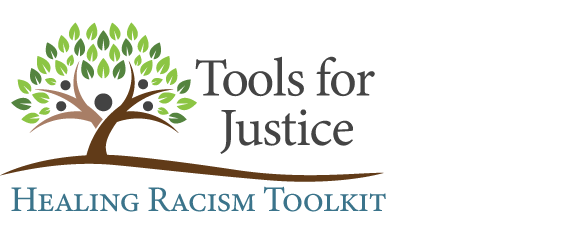
This map tracks 222 Indian cessions within the Louisiana Territory. Made by treaties, agreements, and statutes between 1804 and 1970, these cessions covered 576 million acres, ranging from a Quapaw tract the size of North Carolina sold in 1818 to a parcel smaller than Central Park seized from the Santee Sioux to build a dam in 1958.

“The premise of the question[s] typically [asked]: I am scared to speak up, and I need to know how to overcome my fear… You are afraid that you will fall out of the good graces of those with power. You are afraid that you will be labeled “the problem,” the person who is “not a team player,” the one who is going to ruin a good time. You are afraid of not being invited, of not being favored, of not being liked, because [of the benefits you receive from being invited, favored, and liked]…”

If you’re a “well-meaning” white person, feeling lost in your own self-actualization process, here are five basic ideas you must grasp: 1. White supremacy is not “just” racism… 2. Today’s police system is rooted in slavery… 3. The news has always been influenced to evoke sympathy towards cops and resentment towards protestors… 4. Yes, you are inherently part of the problem… 5. If you really care about what’s going on, you need to listen to people of color before doing anything else…

What is white supremacy? White supremacy is an ideology predicated on the idea that white people are superior to nonwhites and should retain cultural, economic, and political dominance. A guide for understanding how to identify and denounce it.
Before any meaningful justice or reparations can really start, the harm has to stop. This is obvious and logical. When you click “read more” you will see an article “Sociology’s Race Problem”. It is essential that people understand the concepts in this article before reparations can be made real. All too often white people, people with power, especially those with good intentions, negate the fully lived experience of individuals and communities. And it is far too easy for white intellectuals to pathologize Black (and other people of color) lives and also incorporate this into training or other educational programs. Another stumbling block is the ulterior motives, sometimes not know fully even by the person, the do-gooder themselves, whether it be for recognition, academic achievement or the ever present white savior persona.

But the truth is that cultural appropriation is indefensible. Those who defend it either don’t understand what it is, misrepresent it to muddy the conversation, or ignore its complexity — discarding any nuances and making it easy to dismiss both appropriation and those who object to it.






















